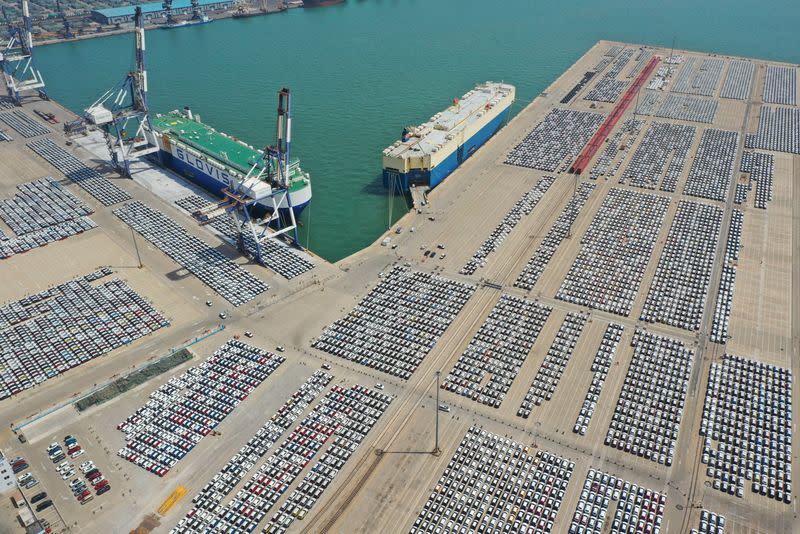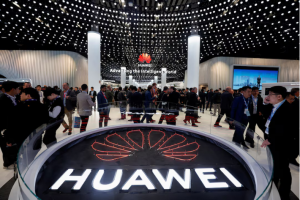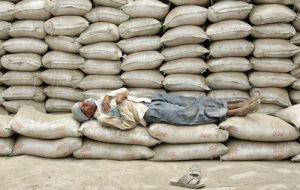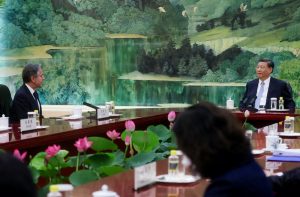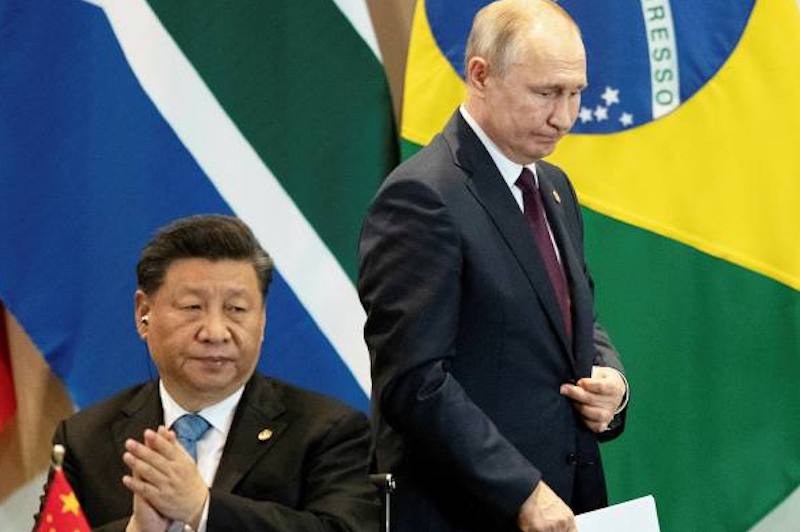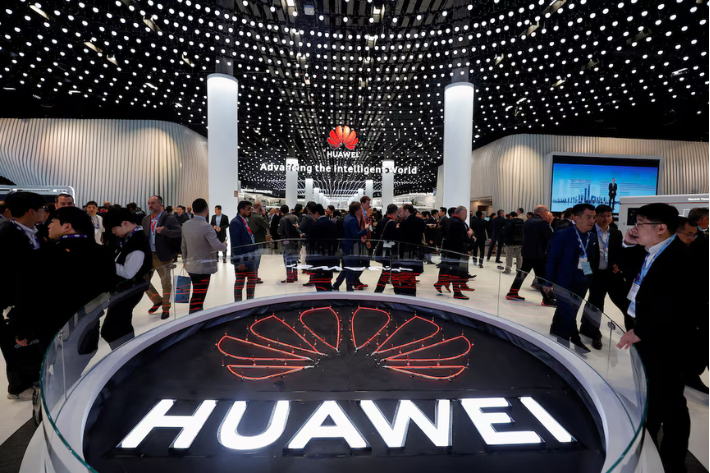China reported bigger than expected export and import growth in the January-February period on Thursday.
The latest figures from Customs suggest global trade is improving and will be welcomed by policy chiefs attending the National People’s Congress in Beijing this week, where they have outlined policies that aim to bolster China’s lacklustre economy.
China’s improved export data joins those of South Korea, Germany and Taiwan, who all saw their shipments top expectations over the first two months of the year, with the Asian economies benefiting from a surge in demand for semiconductors.
ALSO SEE: China’s Big Guns Defend GDP Target, Explain Economic Policies
Exports from the world’s second-biggest economy in the two months were 7.1% higher than a year before, customs data showed, beating a Reuters a poll that expected an increase of 1.9%. Imports were up 3.5%, compared with a poll forecast for growth of 1.5%.
Rise ‘stems from low 2023 base’
“The better-than-forecast data echoes a recovery in global trade driven by the electronics sector, but also benefits from a low base effect, as export growth in January-February 2023 was -6.8%,” said Xu Tianchen, senior economist at the Economist Intelligence Unit.
The customs agency publishes combined January and February trade data to smooth out distortions caused by the shifting timing of the Lunar New Year, which this year fell in February.
Chinese Premier Li Qiang on Tuesday announced a 2024 economic growth target similar to last year of around 5% and promised to transform the country’s development model, which is heavily reliant on exporting finished goods and industrial overcapacity.
Policymakers have been grappling with sub-par growth over the past year amid a property crisis and as consumers hold off spending, foreign firms divest, manufacturers struggle for buyers, and local governments contend with huge debt burdens.
They will need to see a sustained rebound in exports to be convinced that the crucial growth engine will help bolster the economy.
Manufacturing, export orders down for many months
In contrast to the trade data, for instance, manufacturing activity in China in February shrank for a fifth month, according to the government’s purchasing managers’ index released a week ago, while new export orders decreased for an 11th consecutive month.
“After accounting for changes in export prices and for seasonality, we estimate that export volumes rose significantly in January and February, hitting a fresh high,” Huang Zichun, China economist at Capital Economics, said in a note.
“We doubt the sustainability of this strength, however, since exporters now have more limited scope to reduce prices to secure market share,” she added.
Some economists, including Huang, point out that at least some of the recent export gains could be attributed to Chinese manufacturers slashing prices to secure orders.
Market reaction to the trade data was largely muted. China’s blue chip CSI300 stock index fell 0.32%, while Hong Kong’s Hang Seng Index dropped 0.47%.
China’s trade surplus grew to $125.16 billion, compared with a forecast of $103.7 billion in the poll and $75.3 billion in December.
Oil imports and exports to US rise
Separate commodities data, also released on the day, showed the Asian giant’s imports of crude oil rose 5.1% in the first two months of 2024 year-on-year, as refiners ramped up purchases to meet fuel sales during the Lunar New Year holiday, and copper imports increased by 2.6%.
Some cause for optimism can be found in the fact China’s overall exports to the United States in January-February returned to growth, rising 5% from a year earlier compared with a decline of 6.9% in December. But outbound shipments to EU still shrank 1.3% in the same period.
Global monetary easing expectations may also offer some relief for China’s hopes of cranking up exports although economic conditions in many key developed nations look gloomy over the near term. Both Japan and Britain slipped into a recession in the second half of last year, while the euro zone economy has also stalled.
Policymakers have pledged to roll out further measures to help shore up growth after the steps implemented since June had only a modest effect, but analysts caution Beijing’s fiscal capacity is now very limited and note Li’s address to the annual meeting of the National People’s Congress failed to inspire investor confidence.
Many economists say there is a risk that China may begin flirting with Japan-style stagnation later this decade unless authorities take steps to reorient the economy towards household consumption and market-allocation of resources.
“Strong exports help to offset part of the weakness from the property sector,” Zhiwei Zhang, chief economist at Pinpoint Asset Management, said.
“It will likely strengthen policy makers confidence in China’s economy and support their structural policy objectives such as deleveraging the local government financing vehicles.”
- Reuters with additional editing by Jim Pollard
ALSO SEE:
Chinese Investors Plough Into Offshore Assets, Hit Outbound Limit
Doubt on China’s Plan to Lift Consumption, Maintain Growth
PM Pledges to Revitalize China’s Economy, Aims at 5% Growth




